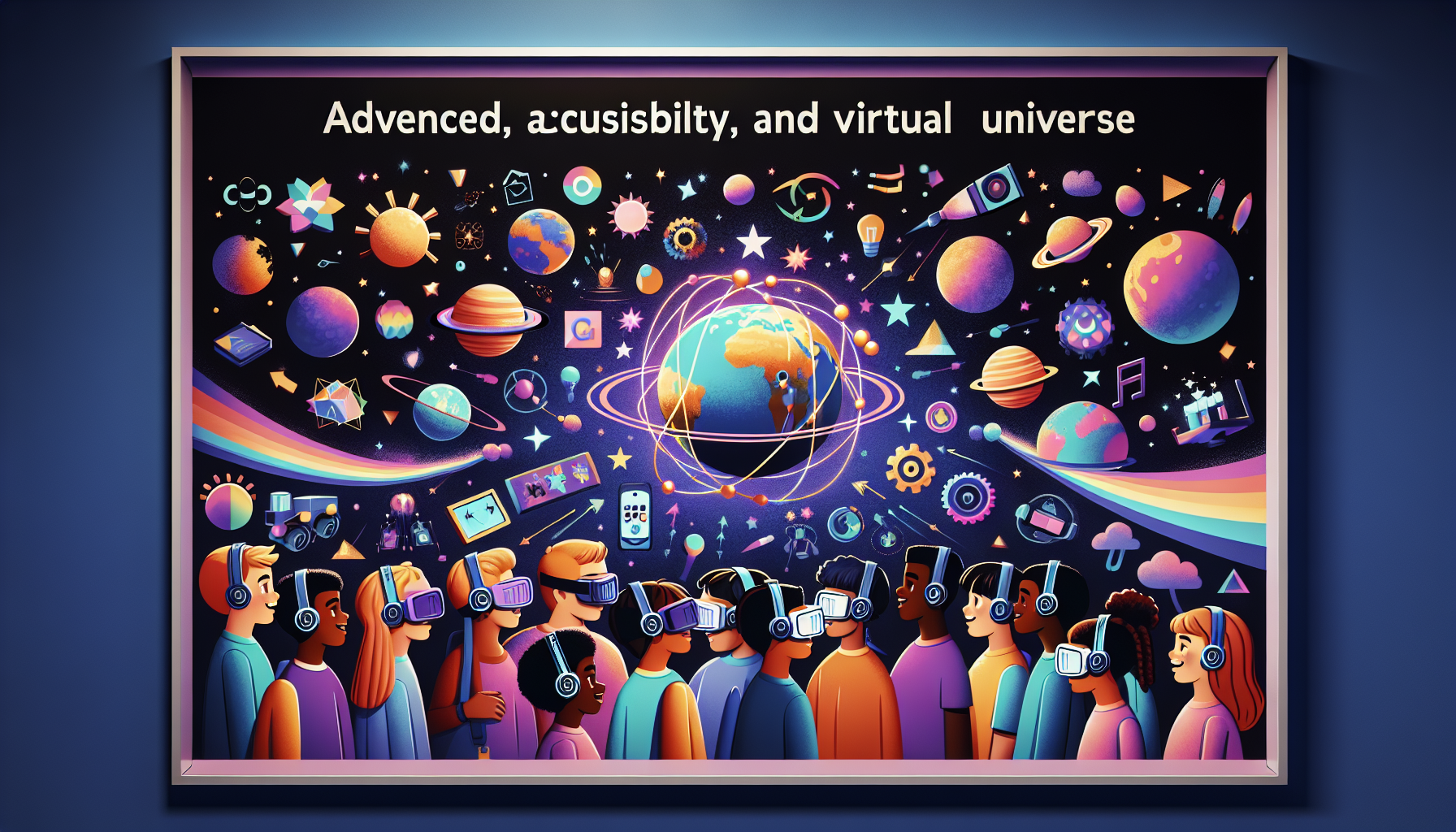
Meta’s Horizon Worlds: A New Dimension for Preteens?
The realm of social media and virtual reality (VR) is perpetually changing, and Meta (previously known as Facebook) remains a leader in this evolution. Recently, Meta declared its intention to allow preteens aged 10 to 12 access to its VR platform, Horizon Worlds. This decision has ignited considerable debate, particularly surrounding the safety and welfare of young users in online environments. In this article, we’ll delve into the significance of this choice, the safety protocols Meta has put in place, and the wider context of regulating social media for younger demographics.
What is Horizon Worlds?
Horizon Worlds is Meta’s cutting-edge VR platform that invites users to explore, create, and engage in a variety of virtual settings. From imaginative locales like The Space Station to more familiar spaces like Citadel, Horizon Worlds provides a broad array of experiences. The platform is crafted to function as a social environment where users can connect, team up, and participate in games within a fully immersive VR setting.
Welcoming Preteens
Meta’s choice to permit preteens to enter Horizon Worlds signifies a notable change in its VR policy. Previously, access was limited to users aged 13 and older. Now, with parental permission, kids as young as 10 can navigate these virtual realms. This decision introduces a suite of safety features designed to safeguard younger users while also raising questions about the suitability of VR for children and the possible dangers involved.
Safety Features for Preteens in Horizon Worlds
Meta has rolled out numerous safety measures to ensure Horizon Worlds is a more secure space for preteens. These include:
- Age-Appropriate World Ratings: Every virtual realm in Horizon Worlds is assigned ratings for specific age demographics—10+, 13+, or 18+. Worlds rated 18+ are off-limits to users under 18, and parents have the authority to regulate which worlds their children can access.
Voice Chat Limitations: Voice chat is deactivated for all users except those designated as parent-approved contacts. This initiative aims to deter unwanted interactions and ensure children only converse with trusted parties.
Offline Status and Visibility Controls: By default, preteens will appear offline, and their visibility will be restricted. Only parents have the capability to modify these settings, granting them oversight of their child’s online presence.
Personal Boundary Feature: This feature prevents other avatars from intruding on the user’s personal space, minimizing the likelihood of virtual harassment. For accounts overseen by parents, this feature is always activated.
Compulsory Age Verification: Users of Meta Quest 2 or 3 headsets will be required to re-confirm their birthdate prior to accessing Horizon Worlds, providing an additional level of age verification.
The Larger Context: Social Media and Youth Safety
Meta’s move to welcome preteens into Horizon Worlds occurs during a period of intense scrutiny regarding the company’s handling of youth safety across its platforms. Legislators and advocacy groups have criticized Meta for allegedly placing engagement above the welfare of younger users. Numerous lawsuits have been filed against the company, claiming it intentionally creates platforms that are addictive for teens and inadequately implements safety measures.
These concerns are justified. Studies indicate that excessive social media use can negatively impact mental health, especially among youth. The immersive nature of VR introduces additional complexity, as it can blur distinctions between reality and the virtual environment, possibly resulting in challenges such as addiction, cyberbullying, and exposure to unsuitable content.
Parental Involvement: Essential for Safe VR Engagements
Though Meta has instituted several safety protocols, the onus for ensuring a secure VR experience ultimately lies with parents and guardians. Active participation in their children’s digital lives is vital, particularly when dealing with emerging technologies like VR.
Parents should familiarize themselves with Horizon Worlds, explore the platform firsthand, and establish clear rules for their children’s usage. Ongoing discussions about online safety, privacy importance, and the risks of interacting with strangers in virtual spaces are crucial.
Conclusion
Meta’s choice to introduce preteens to Horizon Worlds is a daring step that acknowledges the increasing interest in VR among younger audiences. Although the company has put several safety practices in place, the inherent risks associated with VR and social media must not be overlooked. Parents need to remain vigilant and proactive in guiding their children’s digital experiences to secure an environment that is both safe and rewarding.
Q&A: Important Questions Regarding Horizon Worlds for Preteens
Q1: What is Horizon Worlds, and why is it noteworthy?
Horizon Worlds is Meta’s VR platform that empowers users to explore, create, and engage in various virtual settings. Its significance lies in representing a new frontier in social media, merging immersive VR experiences with social interaction.
Q2: What safety features has Meta established for preteens in Horizon Worlds?
Meta has instituted several safety measures, including age-appropriate world ratings, voice chat restrictions, offline status and visibility settings, a personal boundary feature, and mandatory age verification.
Q3: Are preteens able to access all worlds in Horizon Worlds?
No, preteens are limited to worlds rated 10+ or 13+. Worlds designated 18+ are inaccessible to users under 18, and parents can regulate which worlds their children may visit.
Q4: How can parents ensure their child’s safety in Horizon Worlds?
Parents should actively participate in their child’s engagement with Horizon Worlds. This involves understanding the platform, establishing guidelines for use, and maintaining regular discussions about online safety and privacy.
Q5: What are the potential hazards of VR for preteens?
Potential risks include addiction, cyberbullying, exposure to inappropriate material, and the merging of reality with the virtual world. These concerns necessitate close monitoring of children’s VR activities by parents.
Q6: Is Meta doing enough to shield young users?
Although Meta has introduced various safety features, the company has faced criticism regarding its approach to youth safety. Parents should not solely depend on Meta’s measures and must take an active role in safeguarding their children online.
By remaining informed and engaged, parents can help ensure that their children have a safe and enriching experience in Horizon Worlds and other digital environments.